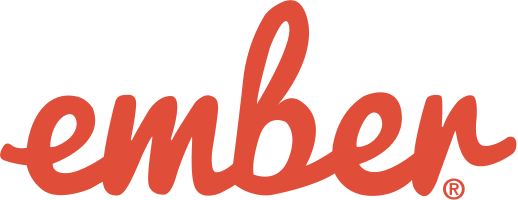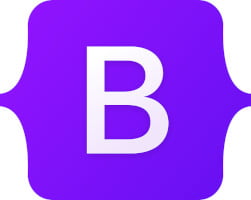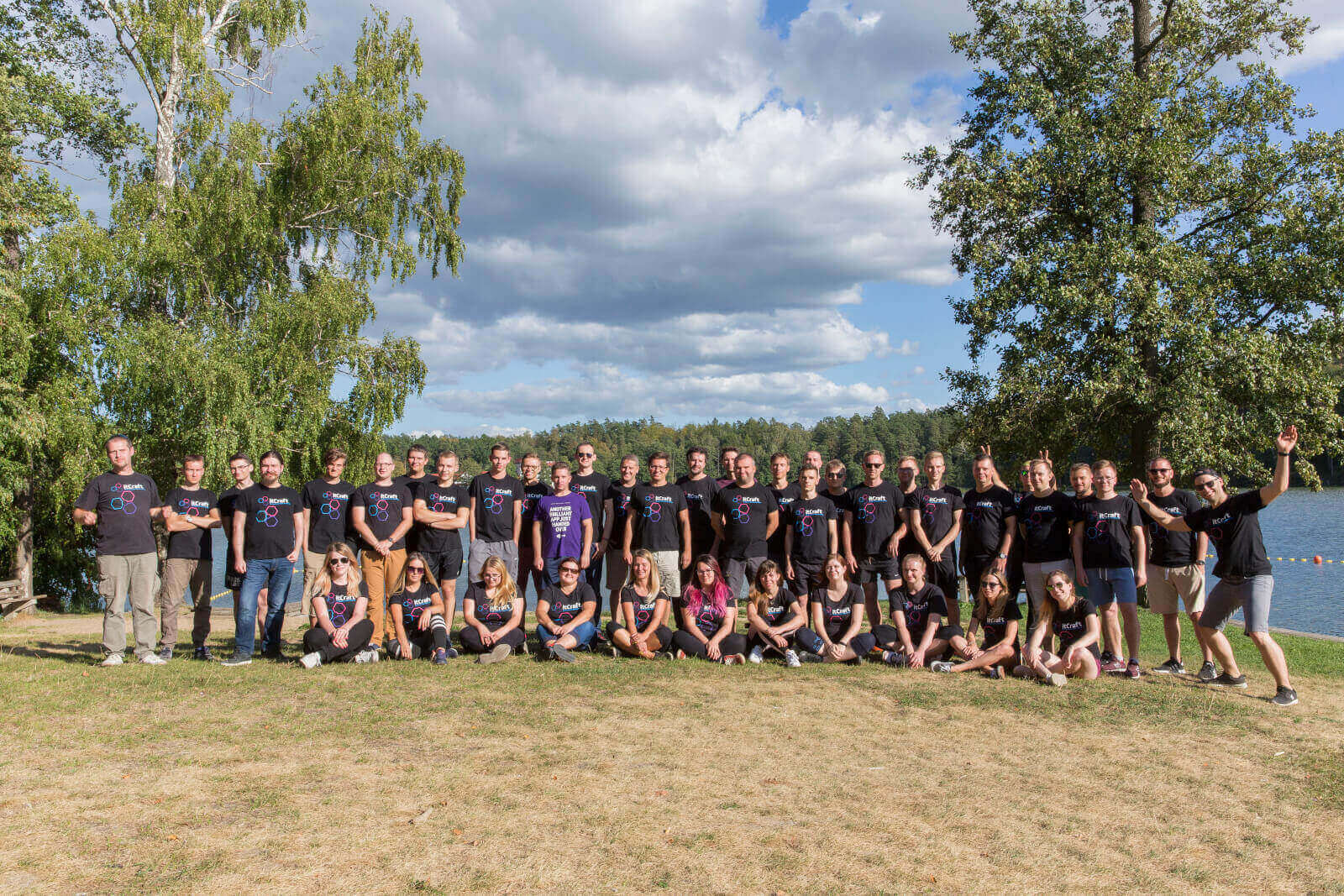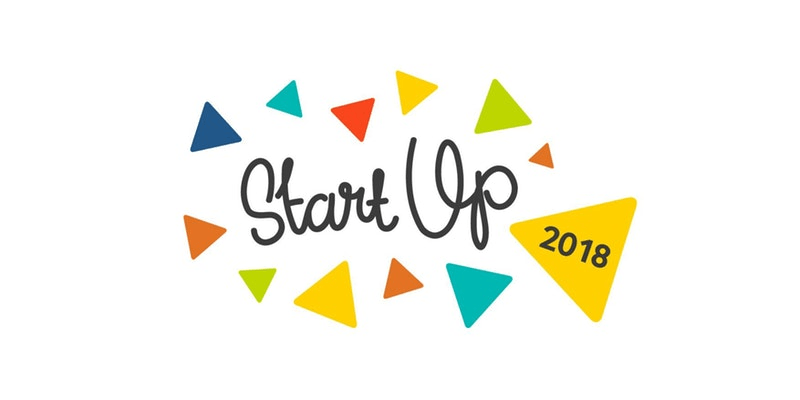Best Front-End Frameworks in 2022 part II

Jakub Turkowski

You have a knowledge of some of the best front-end frameworks in 2022. If you don’t, then you should definitely read the first part of this series [find it here]. We already mentioned countless details about the best frameworks, but there is still a lot to tell. Please — sit comfortably and enjoy — here’s more about the best front-end frameworks in 2022.
Table of contents
1. Ember
2. Backbone
3. Semantic UI
4. Bootstrap
5. Best front-end frameworks in 2022 – wrapping it up

Ember
This one has over a decade now – Ember, the open-source and component-based JavaScript framework, was developed in 2011. Since then, it has gathered a loyal community. What’s worth mentioning is that Ember is perceived by developers as a seamless and stable framework. Thanks to efficient architecture, it can serve well for different purposes. It has something that many developers value, namely – the two-way data binding. Also, another of its assets is the speedy server-side rendering. How does it work? Well, the Fastboot.js module improves the performance of complex UIs via server-side rendering of DOM. That’s not all – there’s a huge ecosystem with many templates. This translates to less coding for developers.
Ember has numerous powerful features and components available in the package, but if you need more – there are plenty of plugins (and other stuff) provided by the community. Even though the community is not as big as in few other frameworks, Ember’s crowd is one of the most well-organized and motivated out there. Thus, you can count on quick and high-end support. What you need to know is that Ember’s architecture forces developers to operate within a strict context of features. This means Ember is perfect for creating complex and feature-rich single-page web applications for the client-side or mobile apps. It also means that it is not the best option for small projects and minor activities (i.e.: building simple UIs or writing simple AJAX functions). What may be seen as an obstacle is that it can be difficult to learn for beginners.
Ember – what are the pros:
- Well-organized
- Native testing
- Debugging tools
- Two-way data binding
- Supports JavaScript and TypeScript
- Consistent documentation
- Server-side rendering
- URL-focused approach
- Widget-based components
Ember – what are the cons:
- Heavyweight for small projects
- Hard to learn for beginners
- Slow updates
- Limited customization capabilities
Ember – project examples:
- Tinder
- Apple Music
- PlayStation Now
- Yahoo!

Backbone
Here’s a tiny, beginner-friendly, and open-source front-end framework, that is worth learning. Created in 2010 by Jeremy Ashkenas, Backbone is really quite easy to understand, thanks to a massive load of well-organized in-depth tutorials. What some developers may find interesting and worthwhile, is that Backbone follows an MVC/MVP development concept. What does it mean? It means that translates data into models. It does even more, as it translates DOM manipulations into views. And that’s not all, as it also binds them together via events.
So, basically, all the views re-render themselves with the new data. That’s cool. You don’t have to create special glue code, which is supposed to find elements with specific IDs in your DOM. You don’t have to manually update the HTML. And here’s a super-interesting detail: Backbone is a good choice for both bigger and smaller projects. For the big ones – it keeps app logic separated from the UI side (better design, less code!). When it should not be considered? When your developers decide to use something else, as Backbone is also perceived by some devs as kind of obsolete. Honestly, it is still a powerful, relevant, and flexible tool with over 100 extensions.
Backbone – what are the pros:
- Beginner-friendly
- Tiny size
- 100+ extensions
- Many in-depth tutorials
- Very fast
- Stores data in models
- Works well for big and small projects
- Huge community
Backbone – what are the cons:
- No two-way data binding
- Difficult when working non-RESTful API backend
- Sometimes the architecture seems unclear
Backbone – project examples:
- Tumblr
- Trello
- Uber

Semantic UI
Though Semantic UI is somewhat a new player – it has seen the light of the day in 2014 – it has gained much popularity. So much, that one year after release, it became one of the top JavaScript players on GitHub. Pretty amazing, isn’t it? Well, the small, yet very loyal community, had already produced thousands of themes, components, and other useful things for Semantic UI. As its name suggests, Semantic UI it treats words and classes as exchangeable concepts – it uses semantic method in HTML.
What else should be added? Semantic UI delivers a smooth experience for developers, as it allows them to link concepts in an intuitive way. That is also thanks to Semantic’s subtle and flat design. When it’s best to use Semantic UI? When UI designers and developers want to create a seamless and beautiful, yet elegant design for user interfaces (user experience is the priority). When it’s good to choose a different framework? In case you need a high level of customization and your team is not experienced with using Semantic UI.
Semantic UI – what are the pros:
- Lot of responsive UI components
- Thousands of available themes
- Self-explanatory organic code
- Can be integrated with React, Ember, or Angular
- Engaged community
- Great for elegant and functional user interfaces
Semantic UI – what are the cons:
- Requires proficiency for high-level customizations
- Not easy for beginners
- Rather small community
- Not so many updates recently
Semantic UI – project examples:
- Snapchat
- Kmong
- Accenture
- Ovrsea
- Digital Services

Bootstrap
Your goal is to create a mobile-first, responsive site? Bootstrap may be the thing to go with. This front-end framework was launched in 2011, and it is now in the top 11 frameworks on GitHub. The advantage here is the flexibility in the customization actions. Bootstrap is a mix of CSS and JavaScript, so it provides interface elements, as well as style and design elements. This means that you can also choose the font colors, sizes, and styles during development.
The developers who know the tools of the trade in HTML5, CSS, and JavaScript, will smoothly start their magic, Those, who have the basic skills, will need some time to master Bootstrap. And finally, those with little or no knowledge of HTML5, JavaScript, and CSS, will most probably get lost in the beginning. When it’s best to use Bootstrap? When you have the skills onboard, and you would like to save time. With tons of extensions, Bootstrap can really deliver cool, customized sites. When should you consider something else for your project? When you need a small and simple site, as there might be a lot of bloating code.
Bootstrap – what are the pros:
- Automatically resizes images and elements
- It’s responsive
- There’s a grid-based system
- Plenty of major components
- Easy to customize
- Hundreds of available templates
- Huge and engaged community
Bootstrap – what are the cons:
- Requires knowledge of coding
- Naming scheme is sometimes confusing
- Less streamlined that you may desire
- Generates heavy files
- Takes time to master the skills in customization
Bootstrap – project examples:
- Spotify
- Udemy
- Lyft
- StackShare
Best front-end frameworks in 2022 – wrapping it up
You see, it’s always about the details. Each front-end framework has its strong assets. It all depends on what you need for your project. Just remember – ‘there is no second chance to make the first impression’. In other words, the first visit of the user may be the last. You surely don’t want this to happen. Thus, you need to carefully select the best front-end framework, basing on your crucial resources. Don’t have a clue what to choose? Worry not, we’re here to help. We will guide you through the whole process, starting with knowing more about your project and aiding you in picking the best solution. Every success starts with conversation – drop us a line or schedule a quick 15-minute call with one of our experts.






